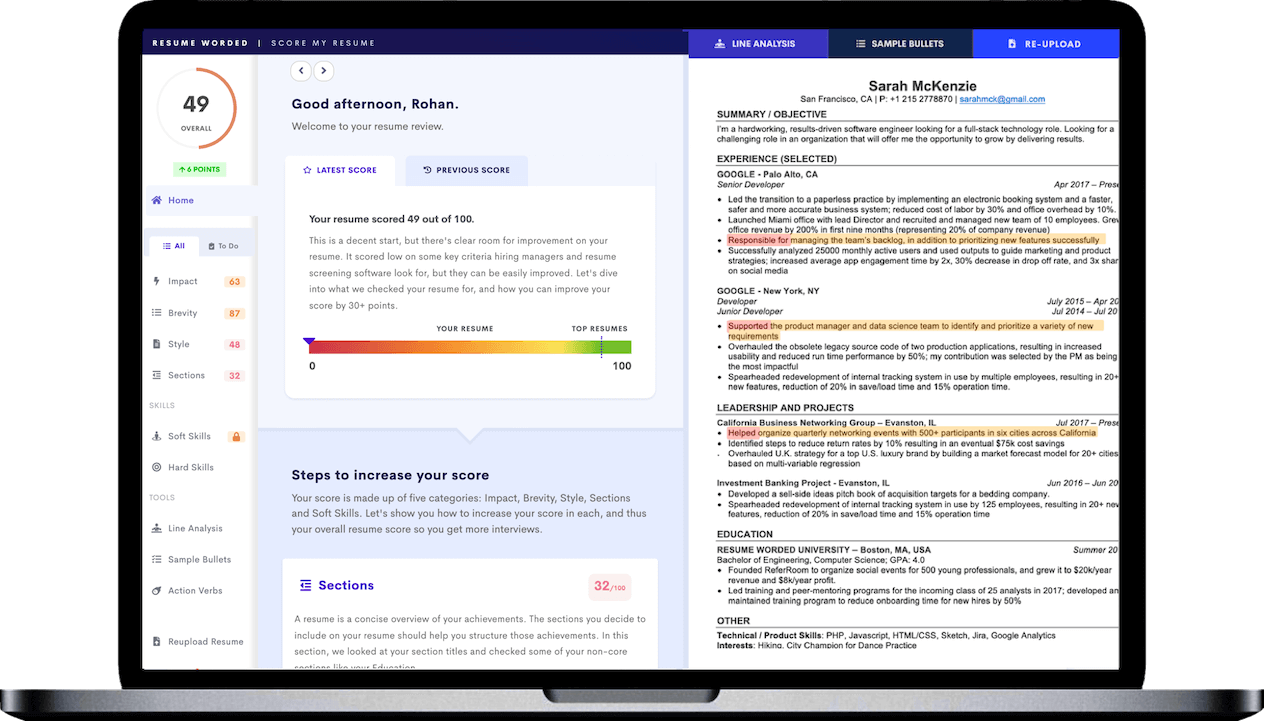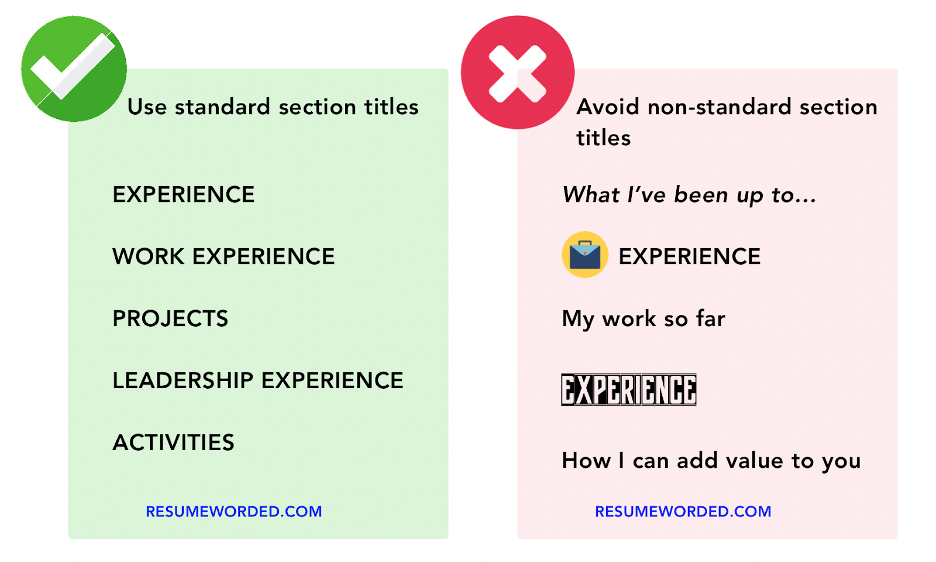If you're among those who can effortlessly switch between languages, you've got an edge over your competition. But how do you ensure this skill doesn’t get buried within the shrubs and instead catches the eye of potential employers?
Here’s the quick answer - position your language proficiency prominently on your resume, in a dedicated 'Languages' section or by highlighting them in your resume summary. Include specific examples in your work experience section. And align your language skills with the job's requirements and company culture.
In 2023, bilingualism’s appeal in the job market cannot be overstated. We live in an era of globalization where businesses are more than just local entities; they’re global players. This shift has created a significant demand for employees who can bridge language barriers.
In this article, we’ll show you how to tailor your bilingual skills to match the specific requirements of the jobs you're eyeing. We won’t just focus on the 'what' but also on the 'how'—ensuring that you convey your command of multiple languages and your aspirations as a job seeker effectively. Whether you're fluent in English and Spanish or conversational in Mandarin, we've got practical advice for you that you can implement right away.
If you’re unsure whether you’ve selected the right section to showcase bilingual skills on your resume, upload it to the tool below. It will scan your resume sections and provide advice on whether you’ve listed your skills and accomplishments in an effective manner.
Where and how to list bilingual skills on a resume
Whether potential employers notice your bilingual skills hinges on where and how you list them on your resume. This section will show you how to strategically place your language proficiency for maximum impact, whether under a specific skills subsection or, for roles where multilingualism is a key requirement, prominently at the top of your resume.
In a dedicated ‘Languages’ section
Start by placing your bilingual skills under a distinct subheading titled ‘Languages’ within the skills section of your resume. This approach is straightforward and ensures that your ability to speak more than one language is immediately noticeable. By placing these skills under a specific heading, you're making it easier for hiring managers to spot them at a glance.
In your ‘Skills’ section
When listing your languages in your Skills section, clarity is key. Opt for a simple format like “Languages: French (Native), English (Native), Chinese (Basic)” to indicate your proficiency level in each language. This straightforward format is not only easy to understand but also allows recruiters to quickly gauge your language capabilities. Terms such as ‘Native’, ‘Fluent’, ‘Proficient’, ‘Intermediate’, and ‘Basic’ are universally recognized and give a clear picture of your proficiency.
In your resume summary
If the job you're applying for specifically highlights the need for multilingual abilities, don't hesitate to prioritize your skills. In such cases, position your language skills at the very top of your resume to capture immediate attention.
For instance, if you're considering a role in international sales where multiple languages are a plus, lead with a profile summary like, “Bilingual Sales Professional proficient in English and Spanish, adept in cross-cultural communication.” This places your bilingual skills front and center, immediately aligning your profile with the job's requirements.
In your work experience bullet points
Don't just list your language skills; demonstrate how they've added value to your previous roles or projects. ‘Showing rather than telling' in the work experience section of your resume can powerfully demonstrate the practical application and value of your language abilities. This approach allows you to provide context and concrete examples of how your bilingual skills have contributed to your professional success and the success of your past employers.
Include bullet points that showcase specific achievements or responsibilities where your bilingual skills played a key role. For example, "Utilized fluent Spanish to expand client base in Latin American markets, increasing sales by 20%."
If you worked on projects that required the use of your bilingual skills, mention this in the project description. For instance, "Led a bilingual customer service team, providing support in both English and French, resulting in a 30% increase in customer satisfaction ratings."
If your role involved working with international teams or clients, highlight how your bilingual skills enhanced communication or collaboration. Example: "Facilitated cross-cultural communication between English and Mandarin-speaking teams to streamline project delivery."
Describe instances where your language proficiency helped solve a problem or address a challenge. For example, "Resolved critical misunderstandings in contract negotiations with Japanese partners through proficient Japanese language skills."
Additional tips for listing bilingualism on your resume
In this section, we’ll guide you through the additional aspects of listing bilingualism on your resume.
Tailor your language skills to the job requirements
Carefully examine the job description and the company's cultural context.
Does the job involve a lot of international communication? If so, elevate your language skills in your resume introduction or summary. For positions where bilingual skills are a bonus but not the main focus, list your languages in the skills section. This way, they add value without overshadowing your primary qualifications.
Remember, the goal is to match your bilingual abilities to the specific needs of the job and the employer.
Do not include beginner languages
It's tempting to list every language you've dabbled in but refrain from including languages where your knowledge is basic. Listing beginner-level languages might dilute the impact of your stronger language skills.
Do not overstate your abilities
Imagine claiming fluency in French, only to stumble during a French-language interview. This could harm your credibility and chances for the job. Exaggerating language skills can also lead to unrealistic job expectations or assignments that you're not prepared for, leading to professional embarrassment or setbacks.
Be prepared to demonstrate your language proficiency
Employers often test language skills during interviews. If you've listed a language, be ready to demonstrate your proficiency.If you haven’t used the language professionally recently, it's wise to brush up on your skills. For instance, if you list Mandarin as a fluent language, you might face a part of the interview in Mandarin to assess your conversational ability.










